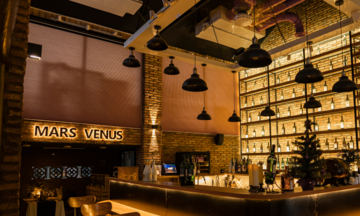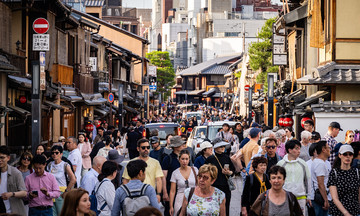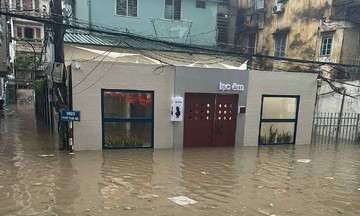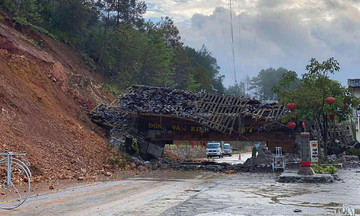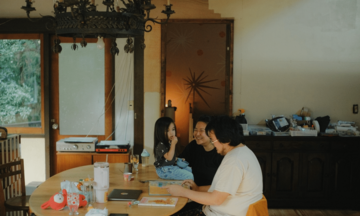The whir of a motorboat slices through the dark brown water of the canal, colored by earth and cajuput leaves. On both sides, white cajuput trees intertwine, rising straight into the sky. The air is cool, carrying the damp scent of earth, the pungent aroma of leaves, and the faint sweetness of cajuput flowers.
Exploring U Minh Ha National Park, about 40 km from Ca Mau city center, is more than just a sightseeing trip. Many ecotourism sites here are charting a new course, guiding visitors from natural experiences to a journey back in time.
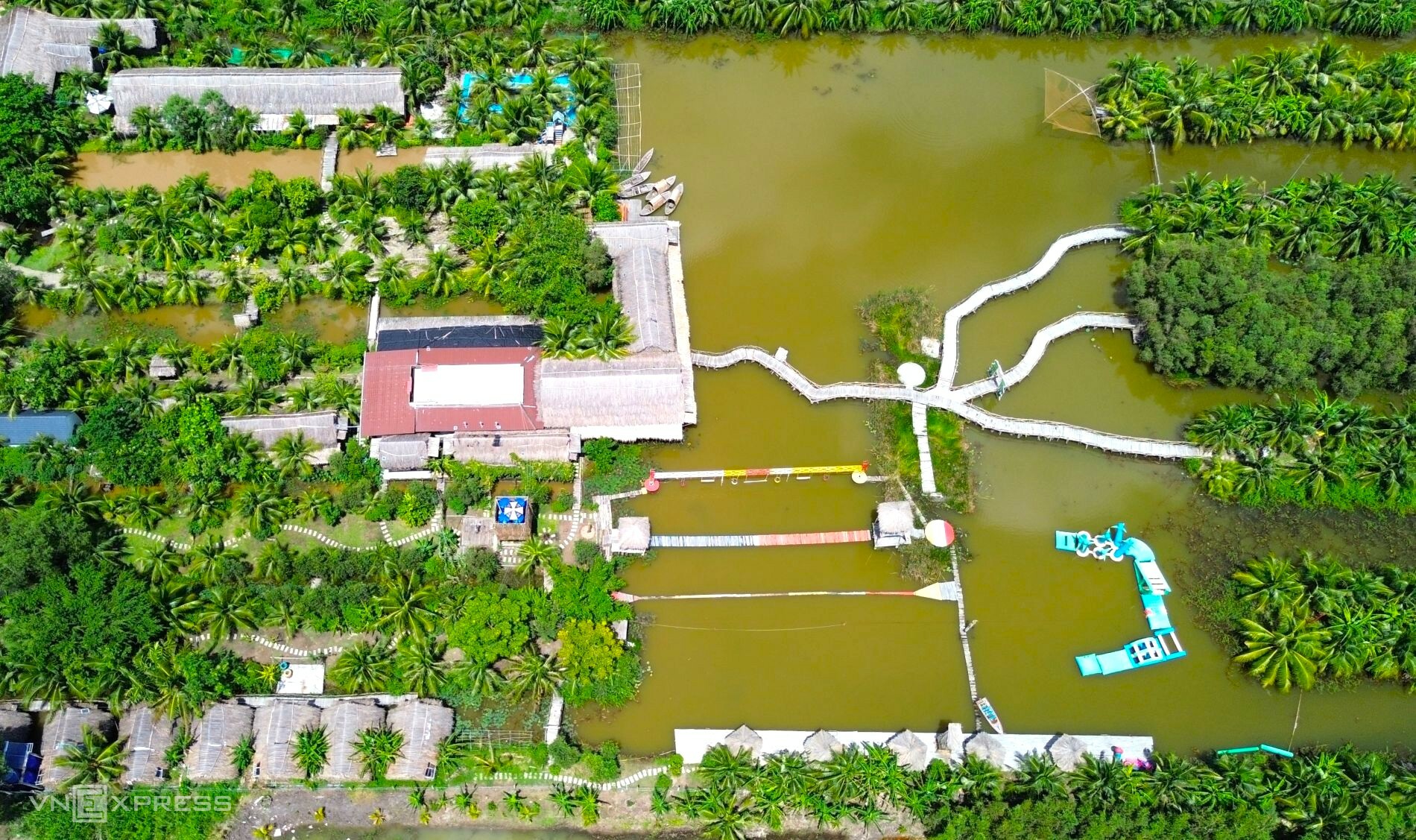 |
Ca Mau Eco ecotourism area is located within the cajuput forest ecosystem, characterized by rivers and waterways. Photo: Chuc Ly
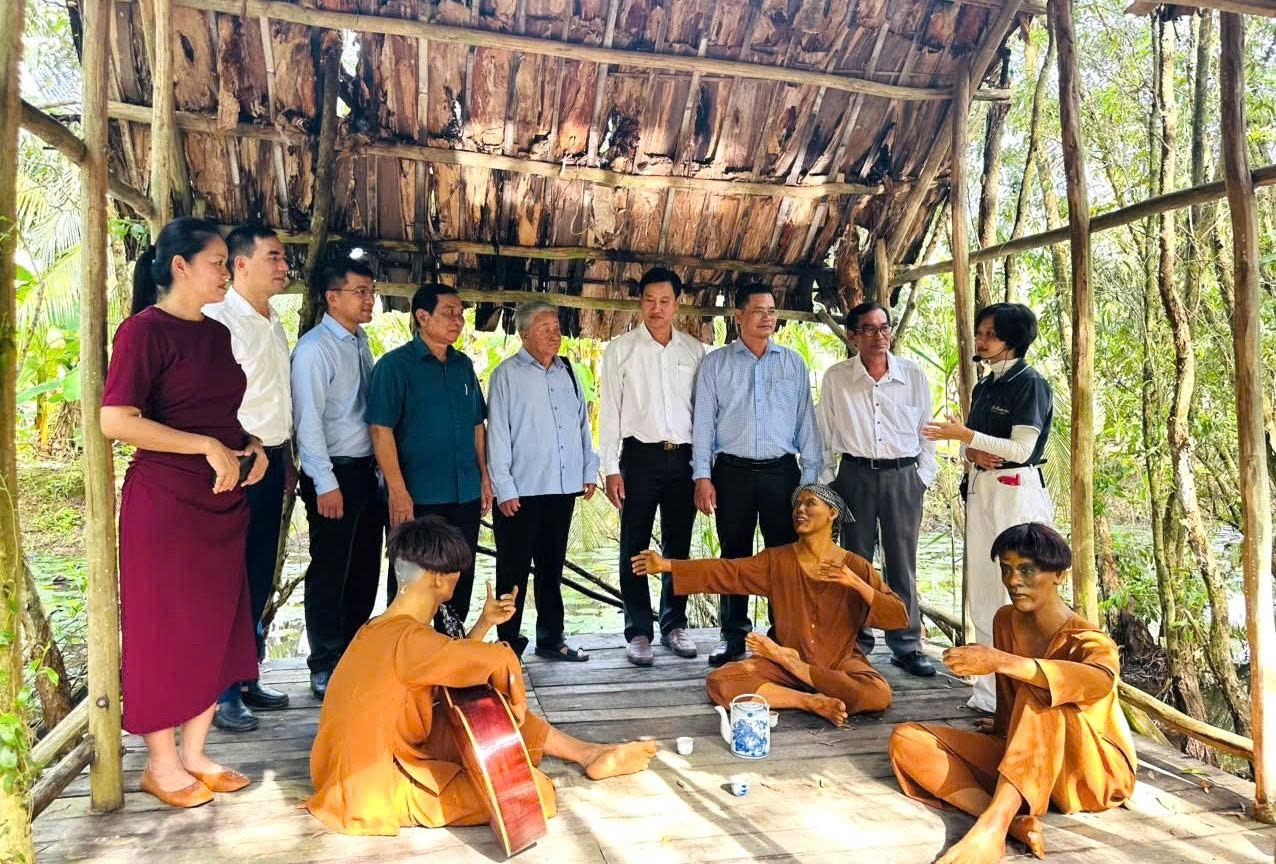 |
Visitors explore the huts at the Vo Doi forest village model, recreating the living and fighting space of soldiers and civilians during the American War. Photo: Chuc Ly
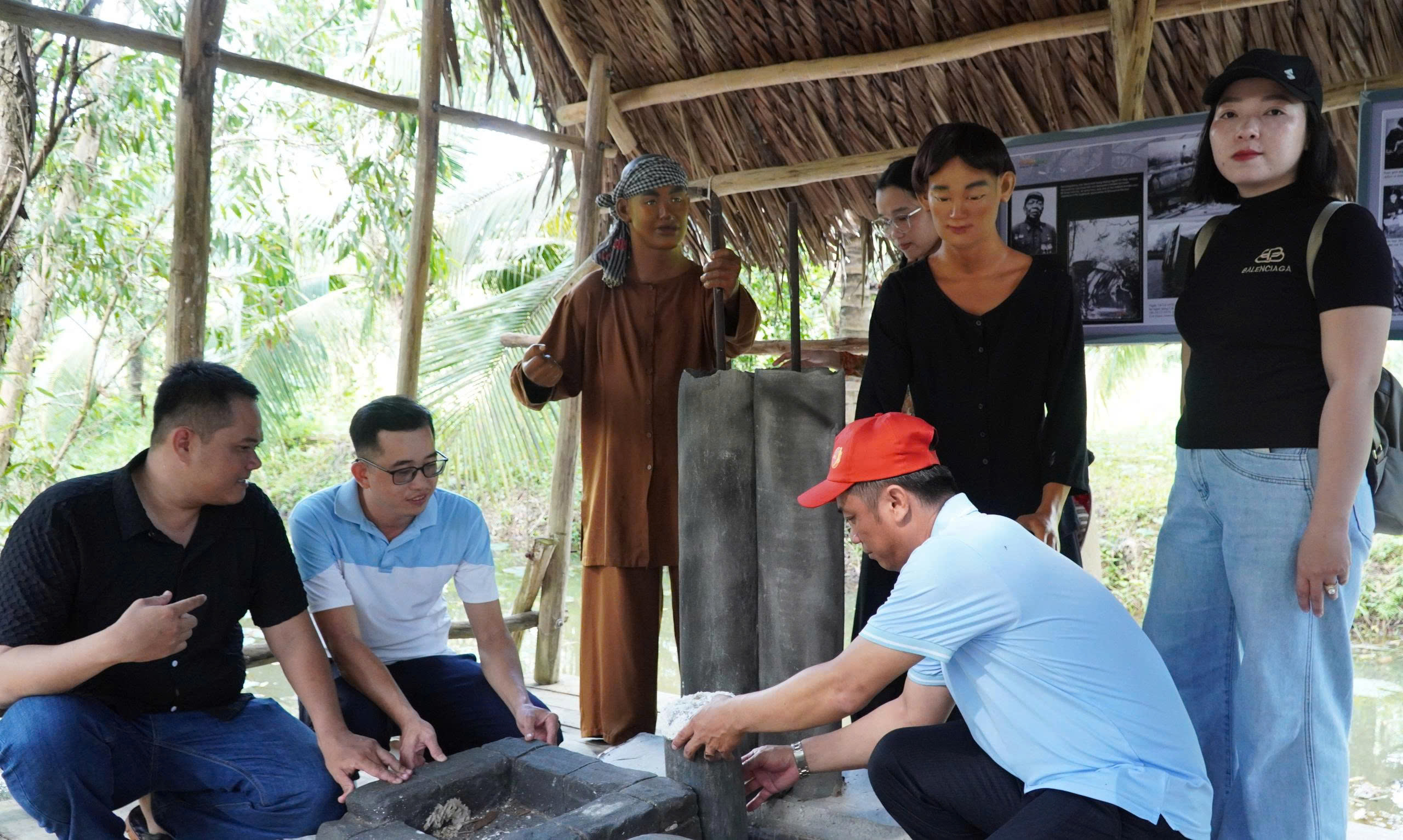 |
Visitors explore the huts at the Vo Doi forest village model. Photo: Chuc Ly
At the Ca Mau Eco ecotourism site (Tran Hoi commune, Tran Van Thoi district), a "resistance village" over 200 m long has been reconstructed amidst the cajuput forest. This is a model of Vo Doi forest village, recreating the living and fighting space of soldiers and civilians during the American War.
Walking along the path laid with cajuput trunks, visitors can stop by thatched-roof stilt houses, about 20 m² in size. Inside are simple furnishings: a bamboo bed, a smoke-stained earthen stove, and a hidden cellar. There's a hut for sharpening stakes, another for forging weapons, and even a makeshift classroom.
Ngo Huynh Trang, the tourism site director, said she met with many historical witnesses to collect documents and artifacts. "I want visitors coming here not just to admire the scenery, but also to touch the past and understand the sacrifices of the previous generation," Trang said.
Chau Hong Nhi, a visitor from Ca Mau city, was moved when he stepped into one of the huts. "Through what's been recreated, I have a clearer picture of the hardships our ancestors endured. The forest sheltered them during the war, and now it still sustains people with its resources," Nhi shared.
This model attracts not only adults but also families with young children, serving as a visual lesson about history and patriotism.
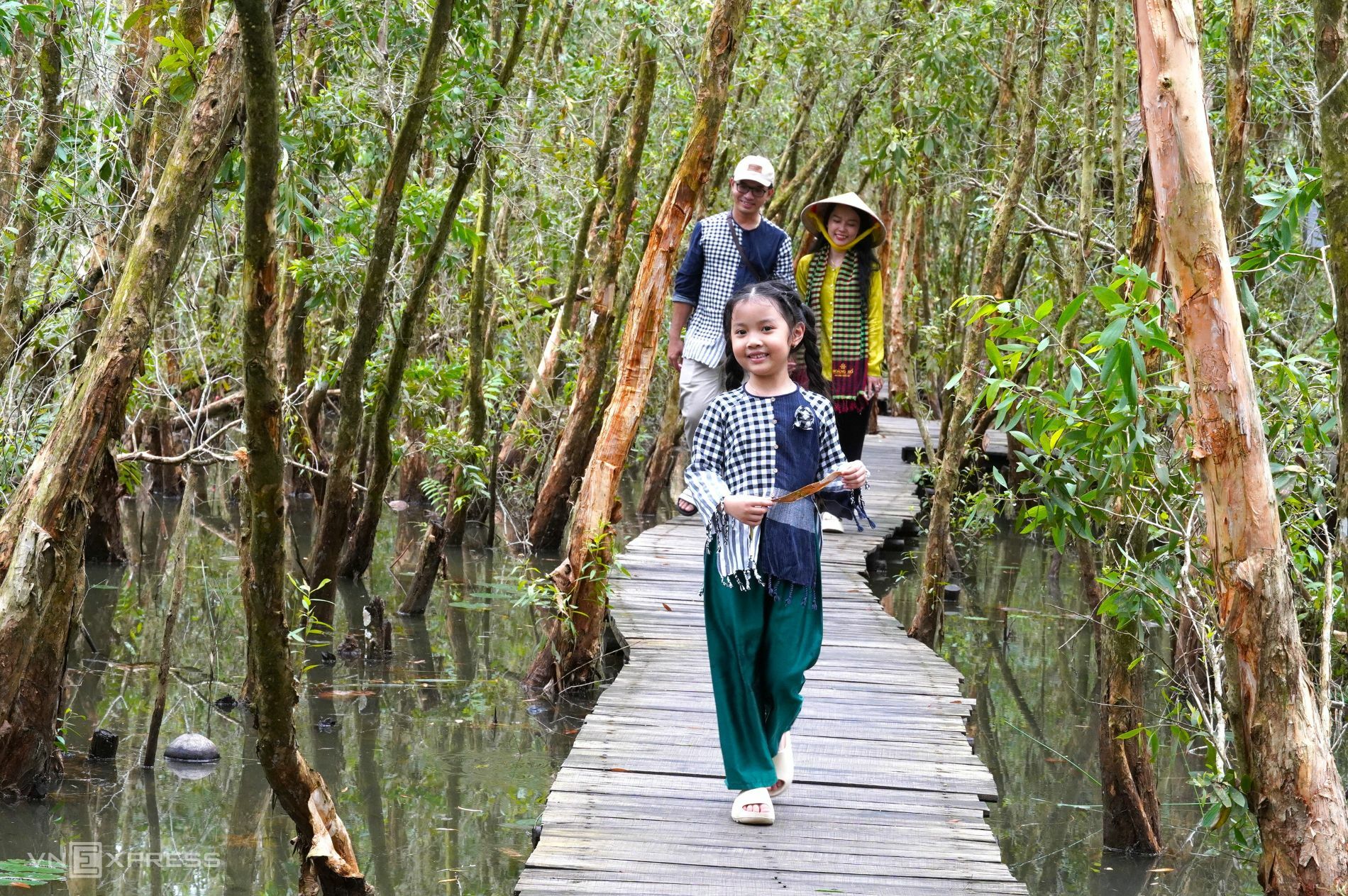 |
Visitors try their hand at paddling a wooden boat. Photo: Chuc Ly
Leaving the historical space, visitors continue their journey, immersing themselves in the life of the locals at tourist destinations like Muoi Ngot, where over 20 ha of primary forest are preserved.
Here, the most unique experience is accompanying the "honeycomb keepers" into the forest to collect honey. This is a centuries-old tradition of the U Minh inhabitants. Visitors can observe how the keepers use smoke to retrieve honeycombs without angering the bees. Enjoying a piece of sweet young honeycomb and sipping honey lemon tea right in the middle of the forest is an unforgettable experience.
"Experiencing firsthand setting traps to catch eels and casting nets to catch fish in the fields, I realize that the work of farmers is not simple, requiring patience and an understanding of nature," said Nguyen Thi Tu Trinh, a visitor from Ho Chi Minh City.
Cao Thuy Huyen expressed surprise at being able to experience activities close to nature, away from the city's dust and smoke. "The lifestyle of the people in U Minh Ha is also a unique feature that needs to be preserved and introduced to future generations," Huyen said.
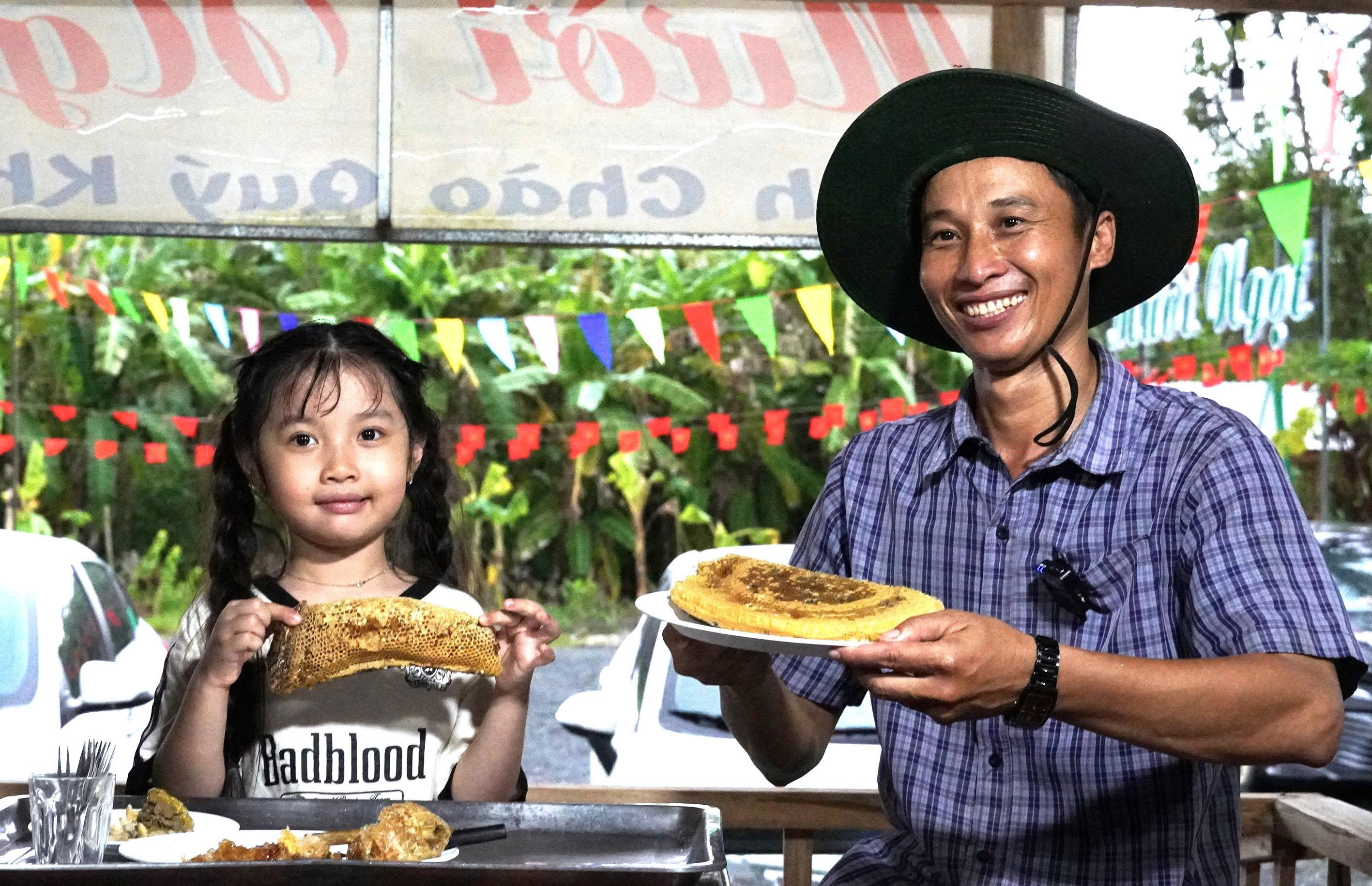 |
A child immerses themself in nature within the cajuput forest. Photo: Chuc Ly
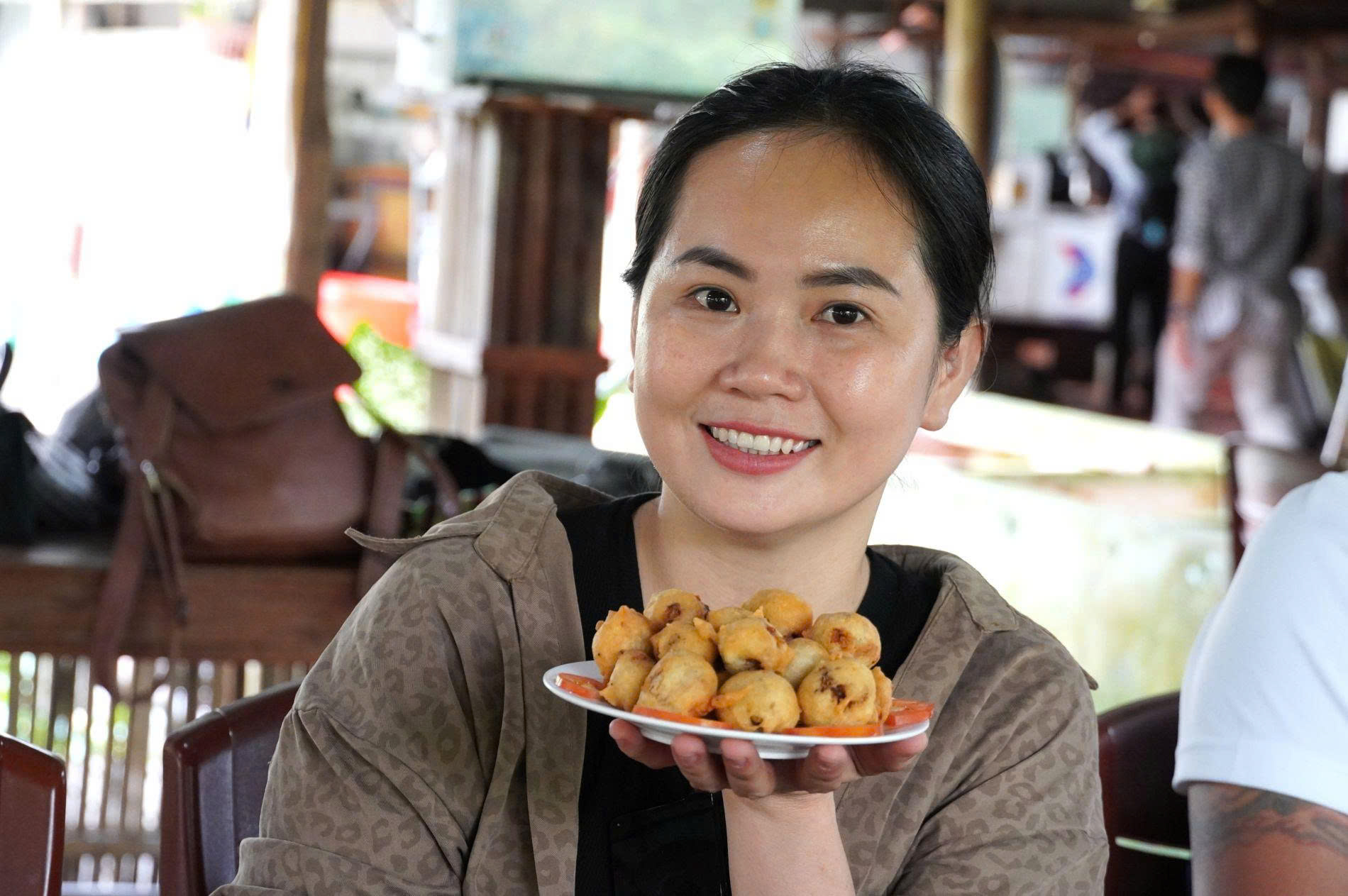 |
Visitors enjoy eating honey and young bees. Photo: Chuc Ly
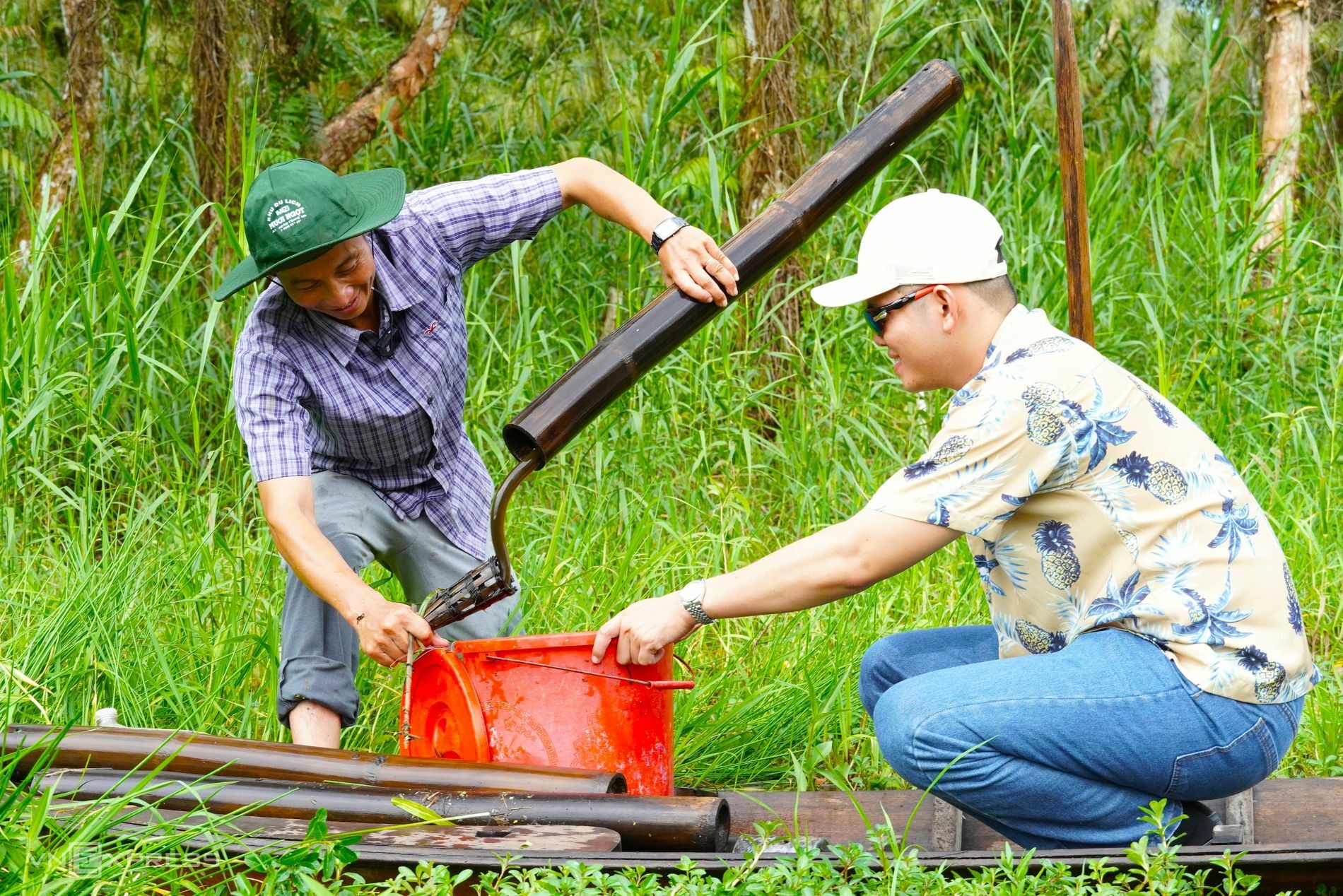 |
Trinh enjoys a dish of fried young bees at Muoi Ngot tourist area. Photo: Chuc Ly
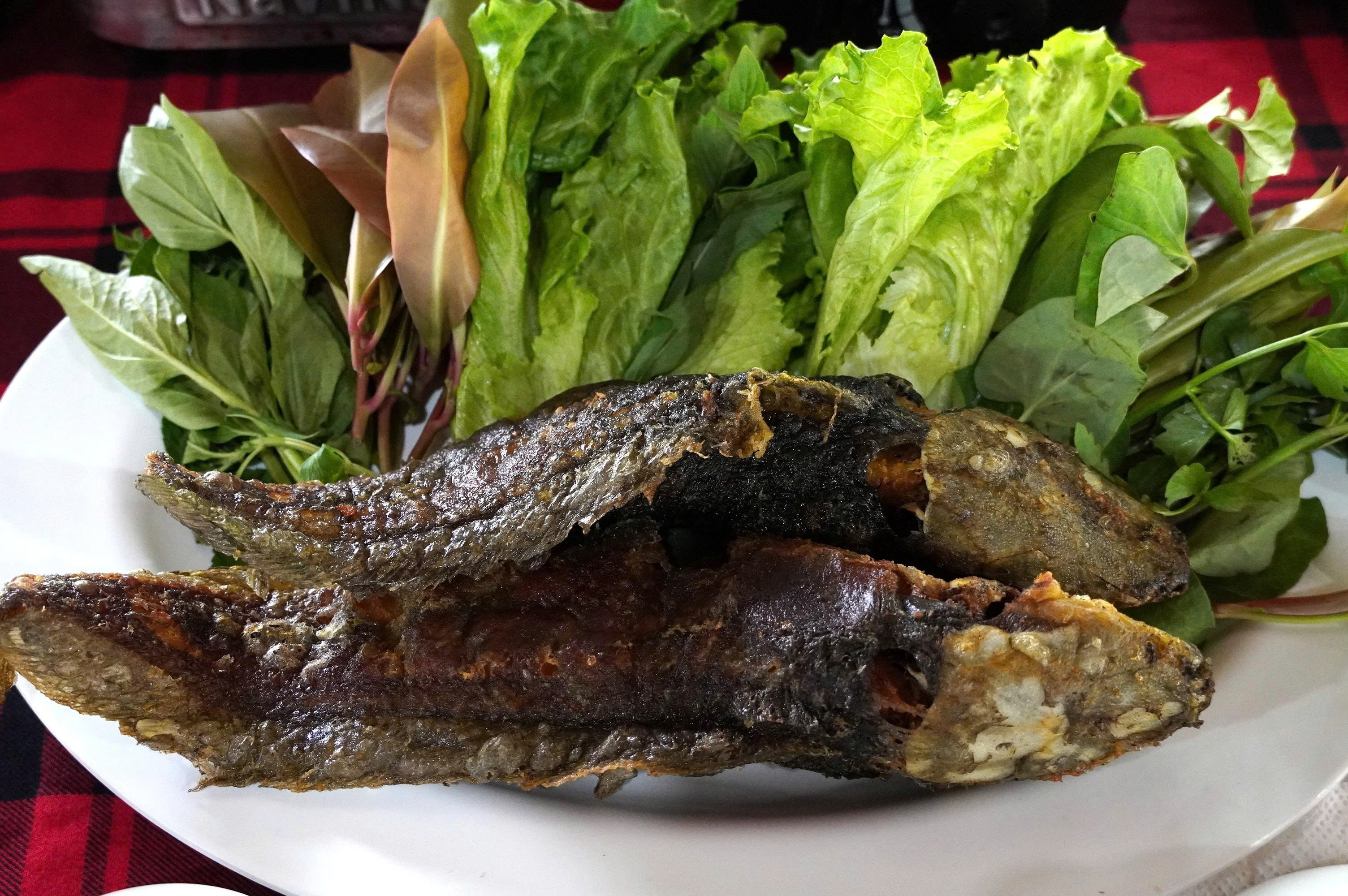 |
Visitor Chau Hong Nhi (right) tries his hand at setting eel traps in Muoi Ngot ecotourism area. Photo: Chuc Ly
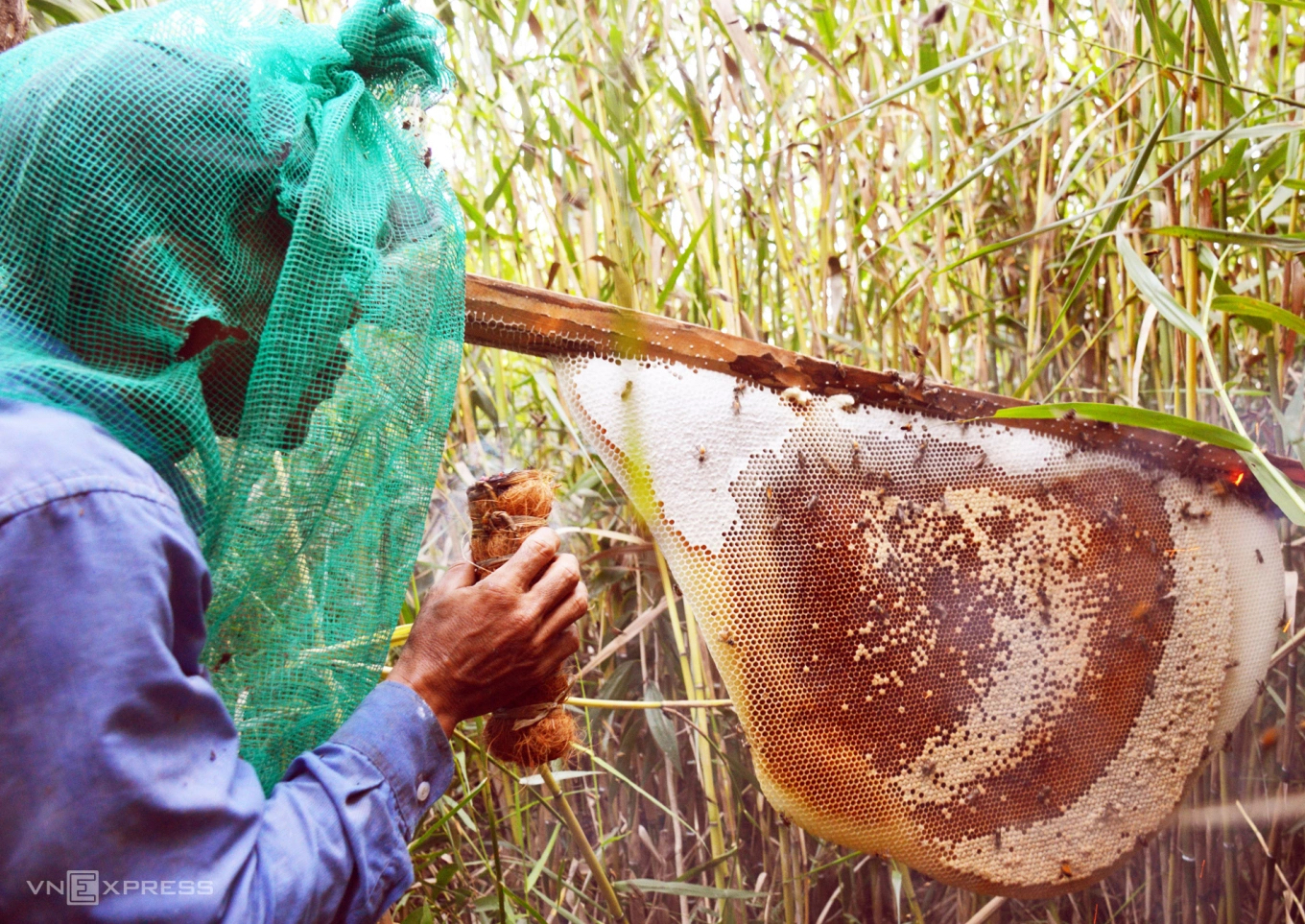 |
Crispy fried wild catfish caught by visitors from the canal. Photo: Chuc Ly
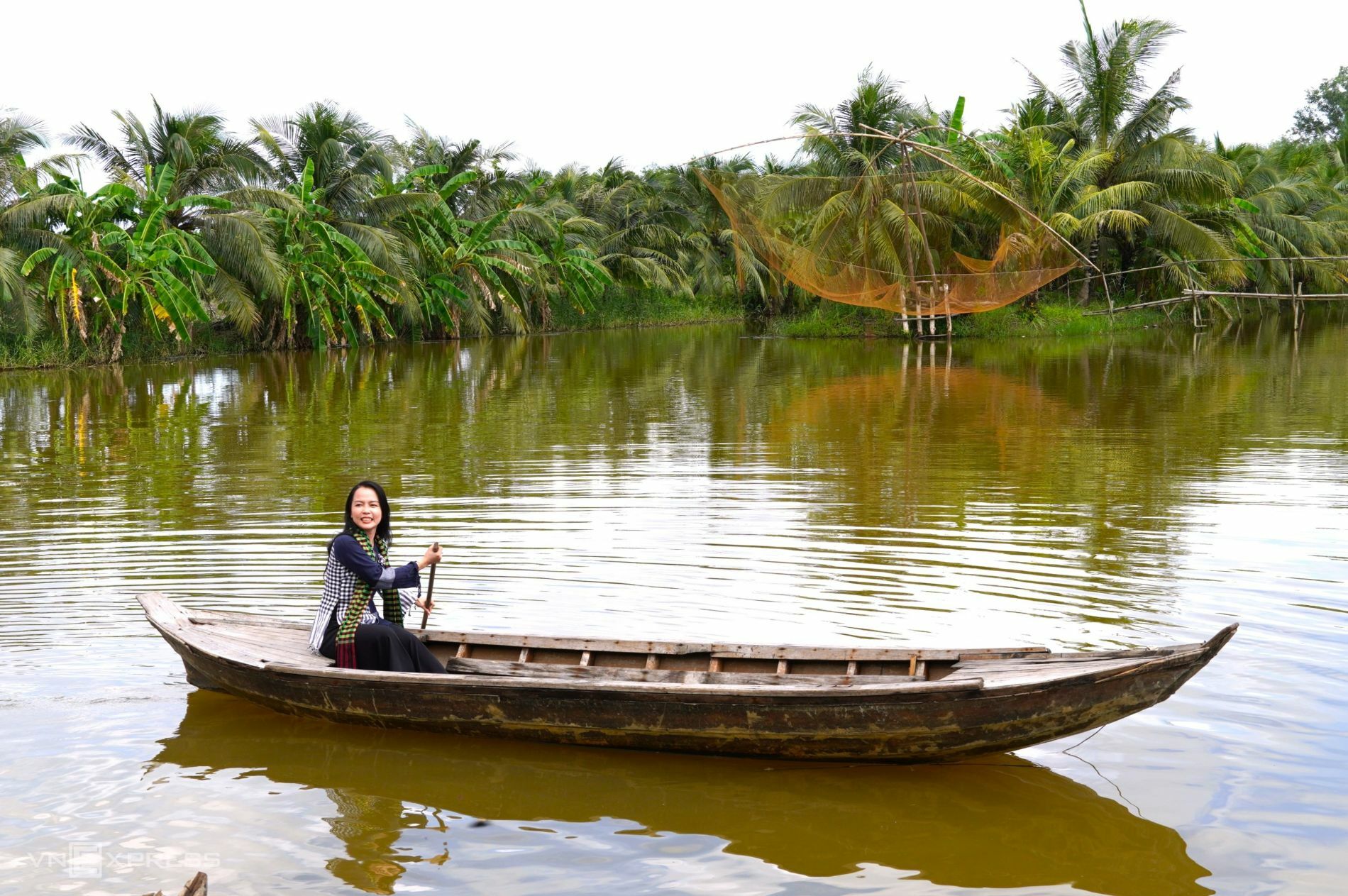 |
Honey keepers use smoldering tinder to smoke out the bees and collect honey. Photo: Chuc Ly
After a morning navigating the forest, the reward is rustic dishes prepared on the spot: fragrant grilled snakehead fish, rich eel stew with nau leaves, and sour fish soup cooked with water lilies. All ingredients are sourced directly from the forest, offering a fresh and authentic taste.
The combination of ecotourism and cultural-historical experiences is creating a new direction for U Minh Ha. Instead of superficial sightseeing trips, visitors now have the opportunity to slow down and connect more deeply with the land and people at the southernmost tip of the country.
U Minh Ha cajuput forest, adjacent to U Minh Thuong forest (An Giang province), covers about 35,000 ha, of which 8,256 ha are recognized as U Minh Ha National Park. From central Ca Mau (former Ca Mau City), visitors can travel by car to attractions in the area, a distance of 20-40 km.
The area boasts a cajuput forest ecosystem on peat soil, with 6 months of flooding and 6 months of dryness. It is home to various animals such as deer, wild boar, monkeys, civets, pythons, snakes, turtles, pangolins, and 60 species of freshwater and brackish water fish.
Chuc Ly



